For years, young professionals and families turned up their noses at Bay Ridge, a working-class area of southwestern Brooklyn, because of how far it is from Manhattan. But as real estate prices in trendier Brooklyn neighborhoods continue to climb, more and more city slickers are taking a second glance at the “original Gold Coast,” as locals call the area. With its phenomenal public schools, copious outdoor spaces, restaurant row, and affordable housing, Bay Ridge has a lot to offer.
The influx of young people has also changed Bay Ridge. Trendy, pricey restaurants have popped up on the main drag, a new crowd stays out later, and rents have significantly increased. Suddenly, Bay Ridge’s lifelong residents fear being priced out of their homes.
The last shred of Old Brooklyn — the grimy, comfortable, working-class borough where a cup of coffee cost a buck — is giving way to “Girls”-era, hipster New Brooklyn. Let’s see what all the fuss is about.
The neighborhood was developed more than a century ago as a seaside retreat for wealthy families. Mansions, since torn down, dotted the ridge along the tidal strait separating Brooklyn from the more suburban Staten Island.
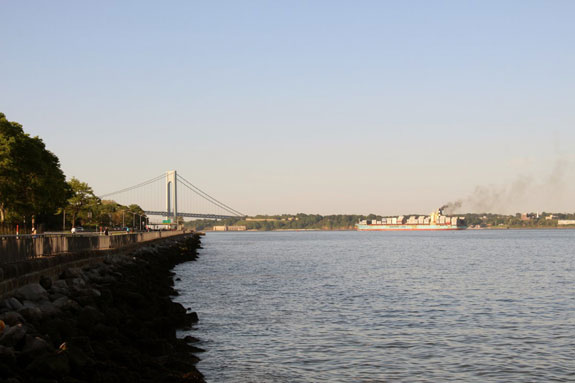
Today the fabric of the neighborhood is changing. As real estate prices in trendier Brooklyn neighborhoods like Williamsburg and Park Slope skyrocket, young professionals and young families have set their sights on Bay Ridge.
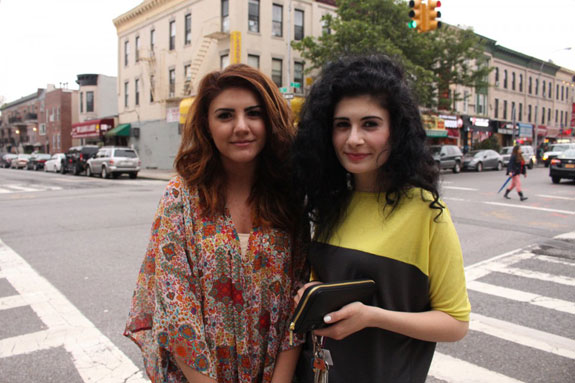
For outsiders, owning property in Bay Ridge seems like a steal. The median sale price is $656,000, as compared to $1.4 million in the hipster mecca of Williamsburg, and $1.35 million in Park Slope, Brooklyn’s “stroller central.”
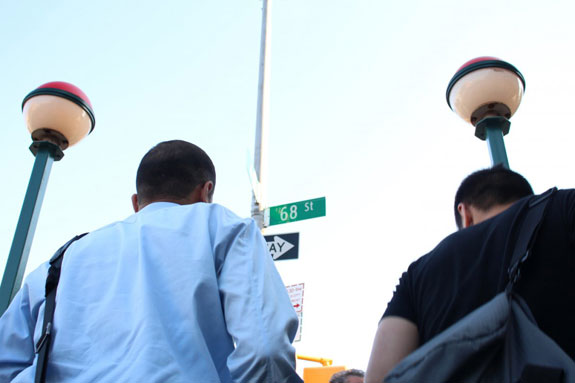
This migration however, has caused massive spikes in real estate value. Both the median home sale price and median monthly rent are up 14% year over year, and rents are up 30% over two years.
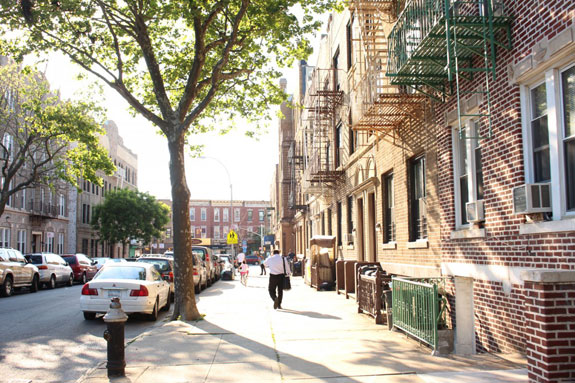
Bay Ridge took the lion’s share of Brooklyn’s new development sales in the first quarter — nearly 20% — and sold more new two-bedroom homes than any neighborhood in the borough.
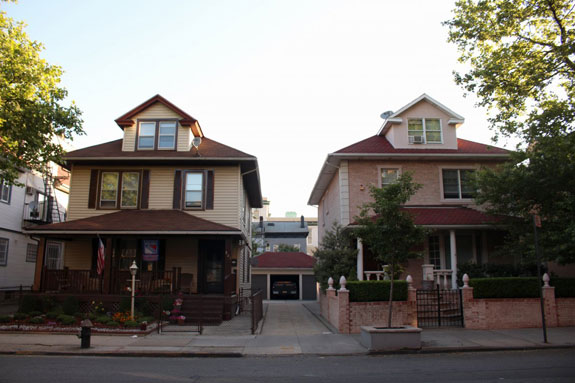
And Bay Ridge provides more “green space” per child than any Brooklyn neighborhood — 83 kids per acre of parkland.
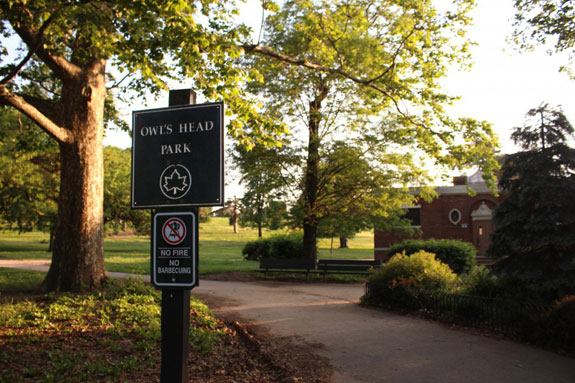
While there aren’t many obvious signs of the yuppie/hipster invasion — yet — the locals notice the changing demographic. “I saw some people with tattoos get off the train and I was like, oh, that’s happening now,” said Zoe Bortz (right) who was visiting a friend.

